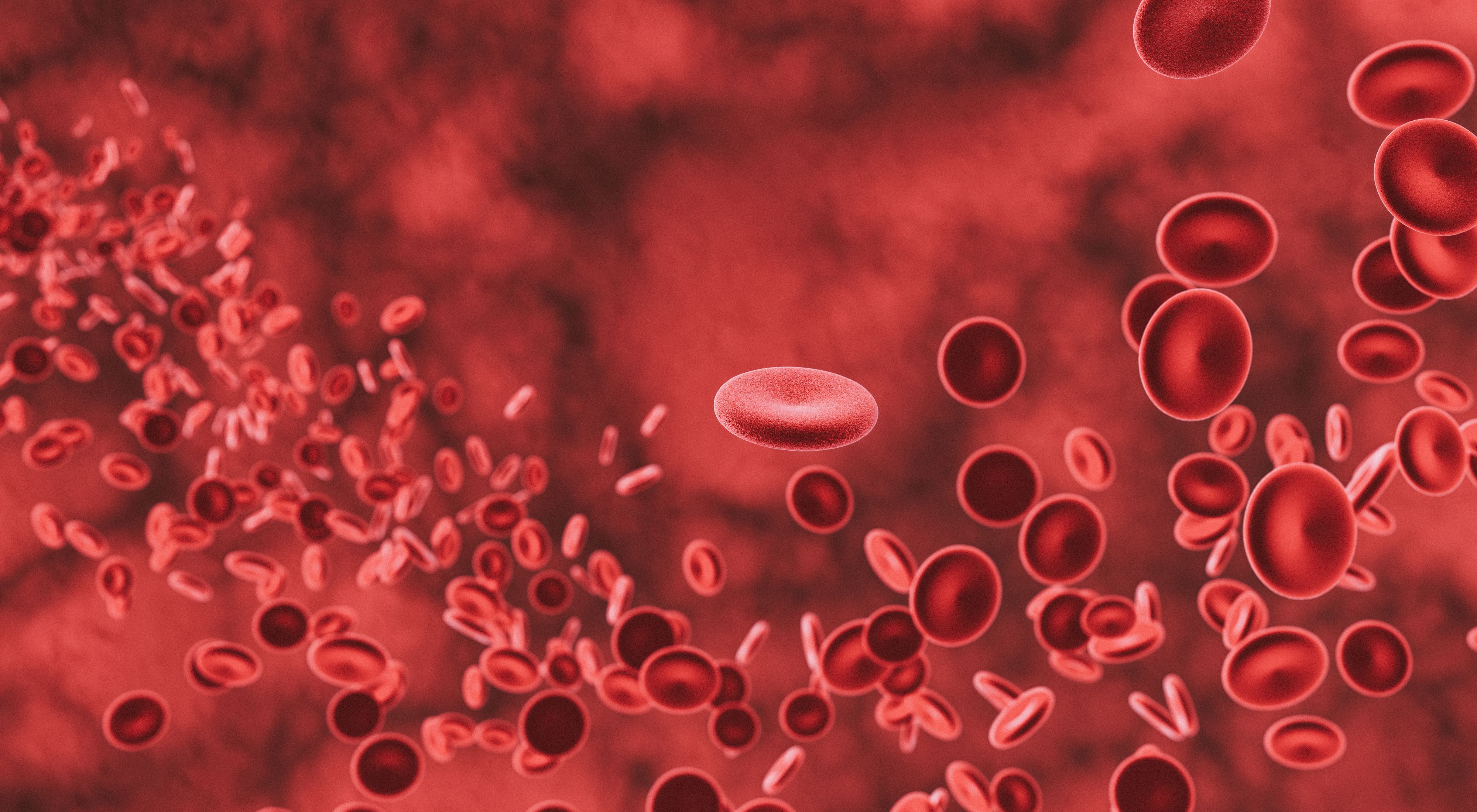The primary end point was not met in a phase 3 trial for patients newly diagnosed with high-risk myelodysplastic syndromes (MDS) who have a RARA gene overexpression. Trial investigators plan on discontinuing the trial following the missed end point.
The phase 3 SELECT-MDS-1 trial did not meet its primary end point of complete response (CR) rate, as stated in a news release from Syros Pharmaceuticals, the manufacturing company of tamibarotene. Patients in the trial have newly diagnosed high-risk MDS and received a treatment combination of tamibarotene and Vidaza (azacitidine).
Tamibarotene is an oral treatment, whereas Vidaza is a type of injection that is used to treat MDS, according to the National Cancer Institute.
Glossary
Primary end point: the main goal measured after a study is completed.
Complete response (CR): percentage of patients who fully responded to treatment, demonstrating cancer disappearance.
Event-free survival: time patients live without experiencing complications after receiving treatment.
Overall survival: time patients live, regardless of their disease status.
Overall response: patients who have a CR or a partial response to treatment; demonstrating a disappearance of cancer or some tumor shrinkage.
The main goal of the trial was to see CRs among at least the first 190 patients enrolled in the study, according to the news release. However, the researchers found that in 126 patients, the CR rate in the tamibarotene-Vidaza group was 23.8%. This CR rate outcome was compared with a CR rate of 18.8% in 64 patients who received placebo (inactive drug) plus Vidaza, the release stated. Researchers established that the differences between the CR rates from the two treatment groups were not statistically significant enough.
“We are deeply disappointed by this outcome, particularly for the high-risk MDS patients who are seeking a new treatment option for this challenging disease,” said Conley Chee, chief executive officer of Syros, in the news release. “We plan to stop the study, review the clinical data more thoroughly and evaluate the next steps.”
WATCH: ‘Tempo’ of MDS Helps With Timing for Stem Cell Transplants
Regarding safety, the researchers on the trial found that 160 patients who received the tamibarotene-Vidaza combination generally tolerated the treatment well.
More About the SELECT-MDS-1 Trial
The phase 3 SELECT-MDS-1 trial began in early 2021, according to its clinicaltrials.gov listing. Patients in the trial were assessed for their RARA biomarker, which was observed after researchers received blood samples. Researchers randomly assigned patients to either the tamibarotene-Vidaza group or the placebo-Vidaza group.
In the tamibarotene-Vidaza group, patients received 6 milligrams (mg) of tamibarotene orally twice daily on the eighth day of a 28-day treatment cycle, according to clinicaltrials.gov listing. Patients also received 75 mg per square meter of Vidaza, which was either intravenous (through the vein) or subcutaneously (injected) every day for the first through seventh day in the 28-day treatment cycle.
READ MORE: Financial Burdens Harm Quality of Life After Stem Cell Transplants
In patients from the placebo-Vidaza group, placebo was given orally twice daily on the eighth day of the 28-day treatment cycle. Patients then received Vidaza at 75 mg per square meter on the first through seventh day of each 28-day treatment cycle, the listing explained.
The trial’s secondary end points included — but were not limited to — event-free survival, overall survival, how long CR lasted, overall response and the number of patients who achieved blood transfusion independence.
For more news on cancer updates, research, and education, don’t forget to subscribe to CURE®’s newsletters here.




